Text







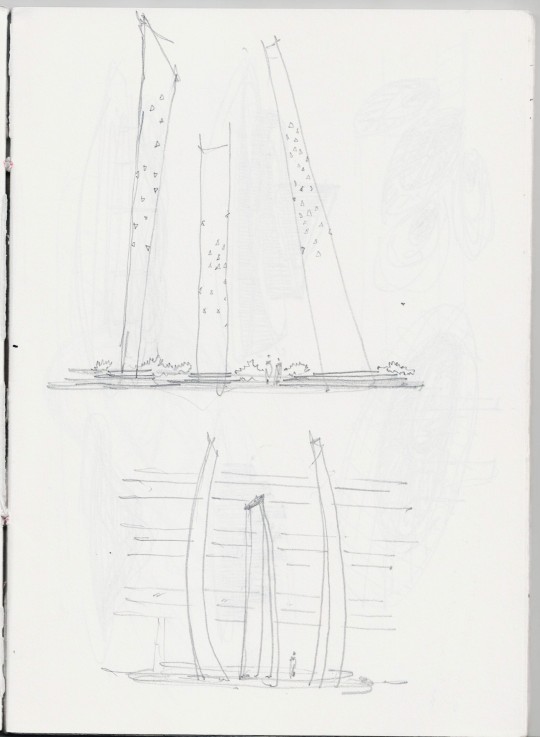
Scribbles allow for incredibly fast concept development. A designer can sketch out multiple layout variations, flow diagrams, or form studies in minutes, trying out different approaches before committing to a single direction. This rapid iteration helps identify promising avenues and discard unworkable ones early in the process, saving time and resources later.
"Scribbling is a rapid and flexible process. It encourages designers to focus on ideas rather than pixel-perfect details, allowing for a broader exploration of possibilities." - Dynamic Layer
Design often begins with abstract problems or fleeting insights. Scribbling provides the most immediate way to externalize these internal thoughts, making them tangible and allowing the designer to see and interact with their ideas. It helps in translating nebulous concepts into visible forms.
When a design challenge feels complex or overwhelming, simply "scribbling it out" can help clarify the problem. By drawing connections, mapping flows, or sketching user journeys, designers can visually untangle complexities and identify key relationships or pain points. It often reveals solutions that might not emerge through purely verbal or analytical thinking.
0 notes
Text




Scribbling, far from being a mindless act, is an incredibly potent and often underappreciated design exercise. It's the unfiltered, raw starting point where ideas are born, explored, and even discarded with unparalleled speed and freedom.
The very informality of scribbling breaks down the mental barriers of perfectionism. There's no pressure to create a polished drawing, which encourages designers to generate a vast quantity of ideas without self-censorship. This "quantity over quality" at the early stage is crucial for divergent thinking in design.
"Go wild! Crazy ideas might not always be feasible, but they are an important stepping stone for actual innovation."
0 notes
Text

At its core, sketching is a conversation between your brain and your drawing implement.
"Drawing is rather like playing chess: your mind races ahead of the moves that you eventually make." - David Hockney.
2 notes
·
View notes
Text




sketching on any available paper
The beauty of sketching lies in its immediacy and accessibility. It's not about expensive tools or pristine surfaces; it's about capturing a fleeting thought, an observed detail, or a nascent idea before it vanishes. This is where the power of "sketching on any available paper" truly shines.
To sketch on any available paper – a napkin, the back of an envelope, a discarded receipt, a scrap from a notebook – embodies a liberating spirit. It removes the pressure of perfection often associated with a blank, formal sketchbook.
"When I see a white piece of paper, I feel I've got to draw. And drawing, for me, is the beginning of everything." - Ellsworth Kelly
sketching on any available paper is a testament to the idea that creativity is not bound by expensive tools or perfect conditions. It thrives on immediacy, curiosity, and the simple, fundamental act of putting hand to surface to capture the elusive sparks of imagination.
#drawing#paper#pen and ink#ink drawing#architecture#mixed use#tower#high rise#ideas#concept#sketches#sketching
0 notes
Text




"The physical act of searching, sketching, and assembling ideas fostered a deeper connection with the design process and a more intuitive understanding of spatial relationships." - Sasaki
Hand sketching allows for rapid exploration of ideas. A designer can quickly jot down multiple possibilities for a layout, planting arrangement, or circulation path, iterating and refining concepts without the constraints or time investment of digital tools. This fluidity encourages creative freedom and helps designers "think on paper."
The act of drawing forces a closer engagement with the existing conditions of a landscape. It helps designers internalize the topography, light and shadow patterns, existing vegetation, and overall genius loci (spirit of the place) in a way that simply looking at photographs or digital scans cannot. This leads to more responsive and contextually sensitive designs.
Hand drawings possess a unique human quality that resonates with clients and collaborators. They feel less rigid and more approachable than purely digital renderings, fostering a sense of shared discovery and allowing for easier feedback and adjustments. A hand-drawn sketch can convey emotion, atmosphere, and the subtle nuances of a proposed space, making it more relatable and engaging for those without a design background. It helps bridge the gap between abstract ideas and the client's imagination, allowing them to "see" themselves in the envisioned landscape.
The immediate feedback loop of hand drawing allows designers to test spatial relationships, understand proportions, and work through design challenges in real-time. It cultivates a strong sense of three-dimensional thinking and helps in anticipating how different elements will interact within the landscape. This intuitive process often uncovers design solutions that might not emerge as readily through more formal, digital methods.
#landscape#hand drawn#architecture#architectural drawing#landscape architecture#sketch#ideas#concept#trees#plan#landscape drawing#drawing#pen and ink#pencil
5 notes
·
View notes
Photo

Water Mill House, Southampton, EUA, 2019 Architecture @isayweinfeld @mpcappa, @adriana_aun_, @marcelo_rsribas, @saraml, @lucasjimenodualde, @carolfrente, @arq.hoffrichter Photos @fernandogguerra
188 notes
·
View notes
Photo

Jungle in the kitchen @manuelcervantes Photo @richardpowersphoto
966 notes
·
View notes
Photo

Immanuelkirche (1965-66) in Düsseldorf, Germany, by Heinz Kalenborn. Photo by Inge Goertz-Bauer.
290 notes
·
View notes
Photo

James F. Lincoln Library, Lake Erie College, Painsville, Ohio 1968. Arch. Victor Christ-Janer and Associates.
418 notes
·
View notes
Text
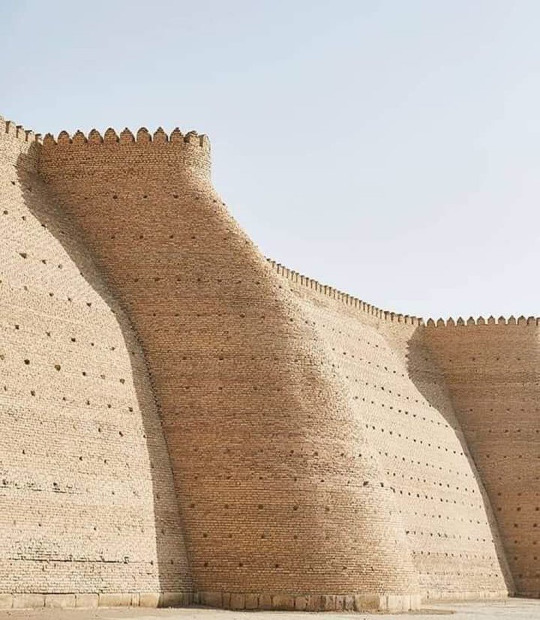
The Ark of Bukhara, a fortress located in Uzbekistan, built 1,500 years ago.
5K notes
·
View notes
Photo

This is what you get when you ask David Chipperfield to make you a pool
910 notes
·
View notes
Photo


St Hedwig Church, Ludwigshafen, Ewald Karch, 1967-68. Submitted by sketchtheinfinite
388 notes
·
View notes
Photo

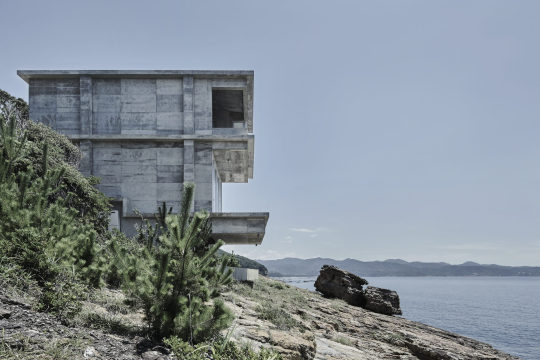
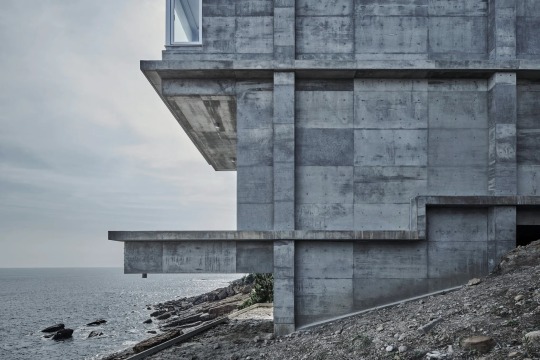
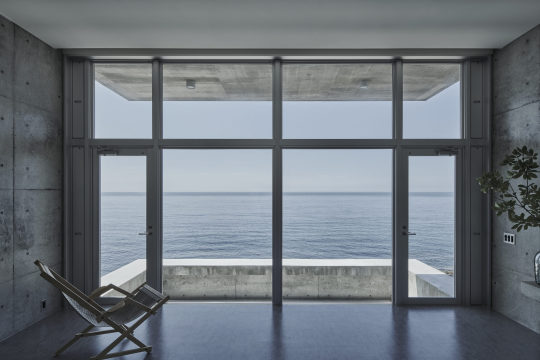


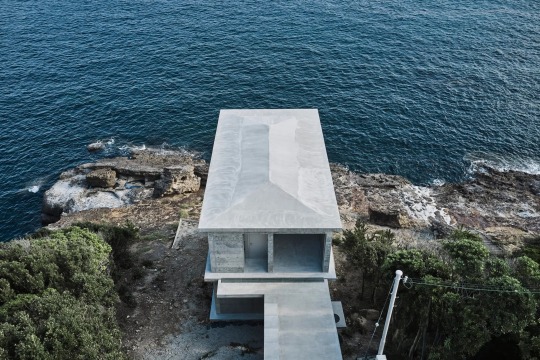
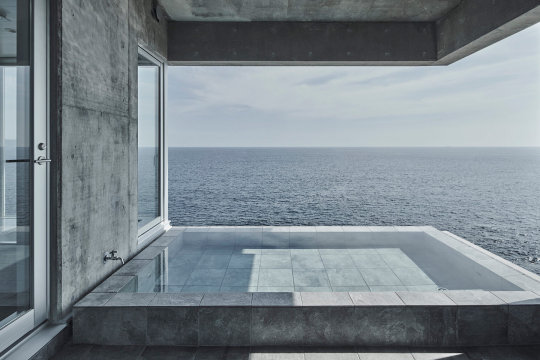
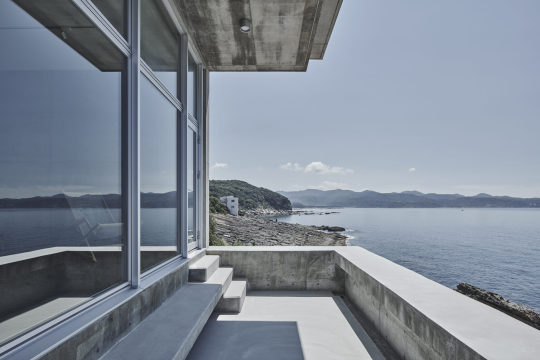
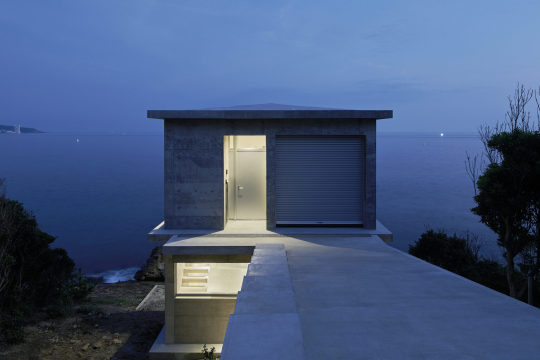
Residence Gansou, Wakayama Prefecture, Japan,
Studio Ninkipen!
Photography © Hiroki Kawata
210 notes
·
View notes
Photo
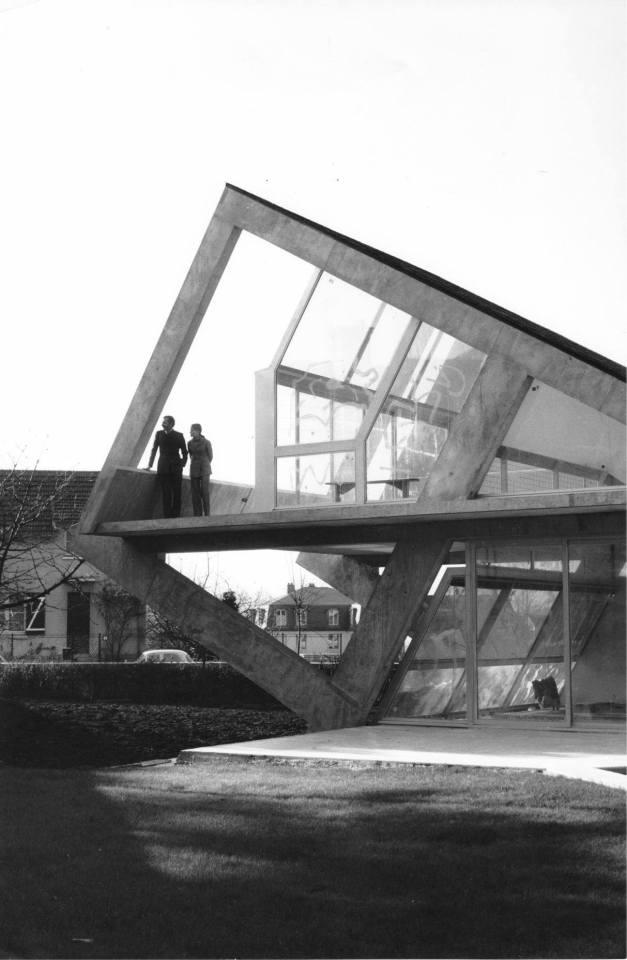
Villa Drusch (1963-65) in Versailles, France, by Claude Parent. Photo by Paul Virilio.
1K notes
·
View notes
Photo

Bodelschwinghkirche (1960-62) in Hamburg, Germany, by Gerhard & Dieter Langmaack
375 notes
·
View notes
Photo

Wuxi TAIHU Show Theatre SCA | Steven Chilton Architects
Located close to Lake Taihu in Wuxi, Jiangsu Province, China, the Wuxi Taihu Show Theatre concept was inspired by the Sea of Bamboo Park in Yixing, the largest bamboo forest in China. The 2000 seat theatre has been designed to house a permanent water show by Franco Dragone.
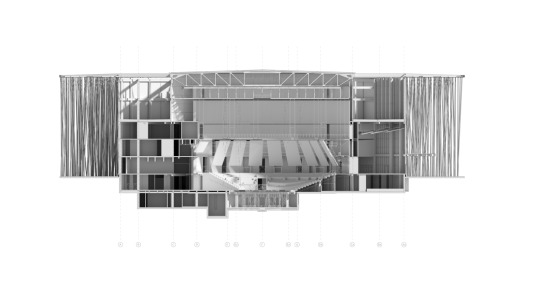
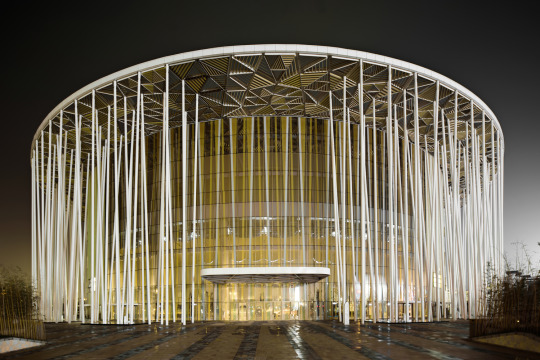
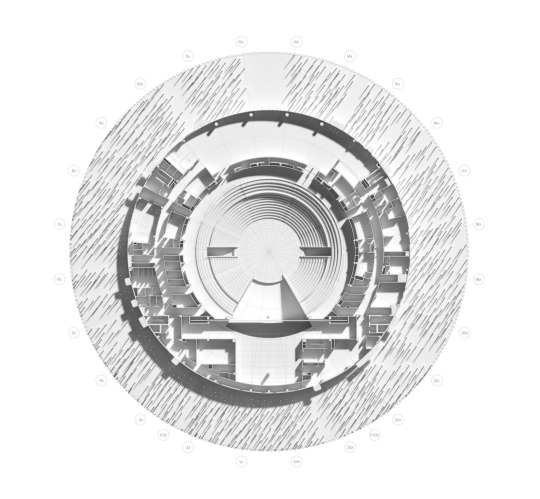



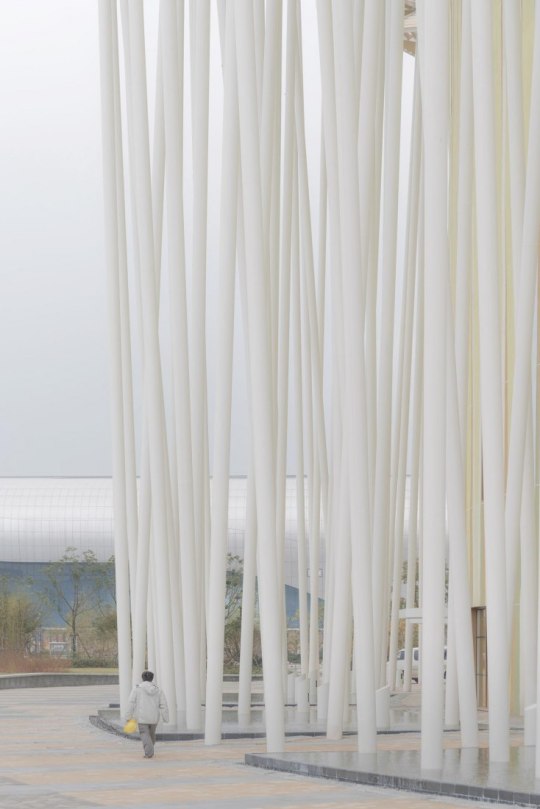
599 notes
·
View notes
Photo
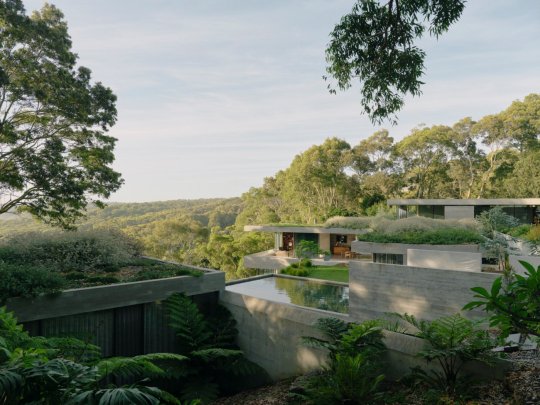
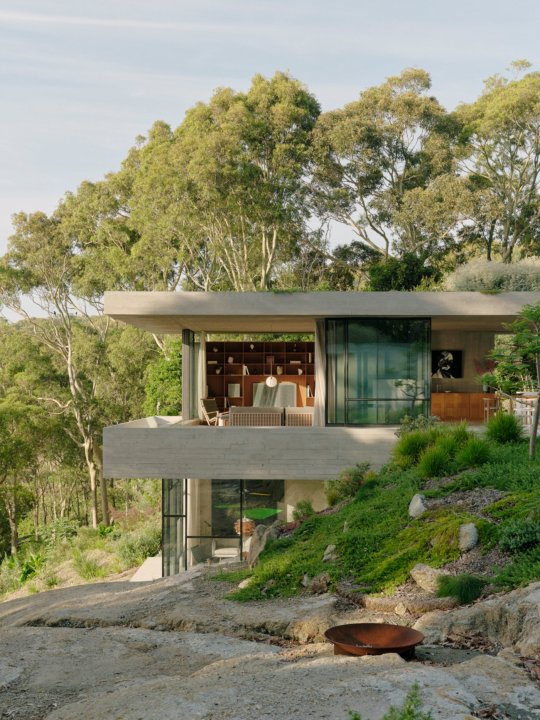

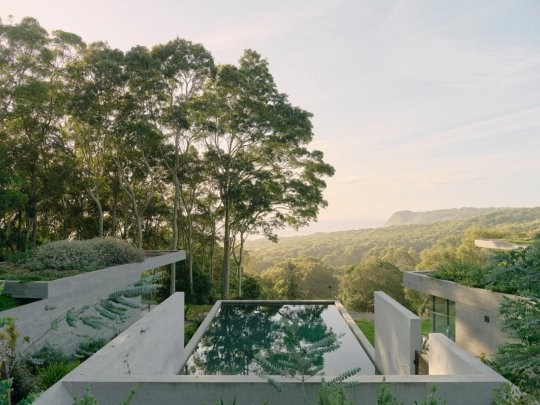
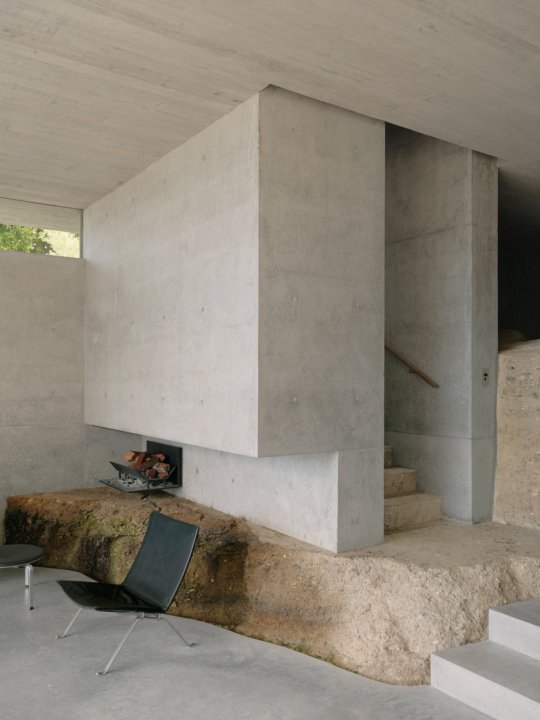
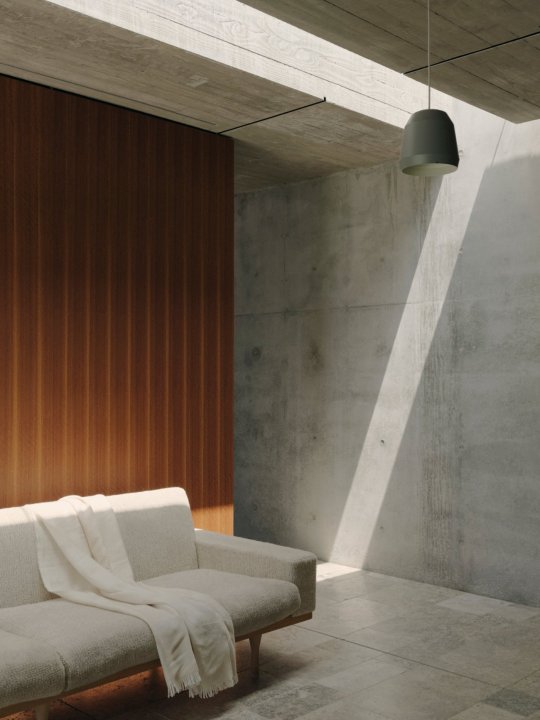
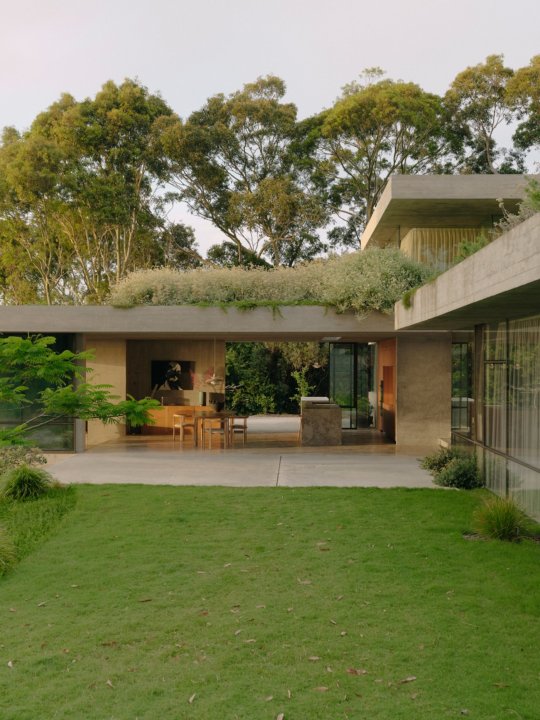
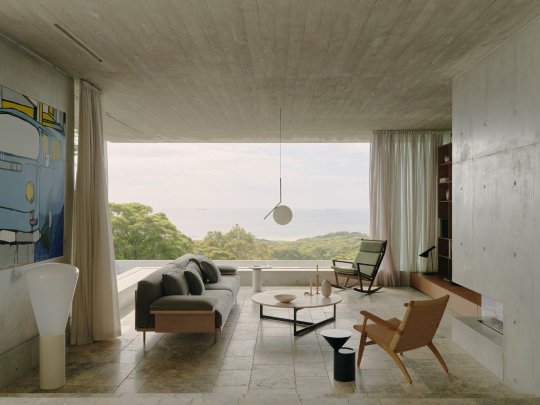
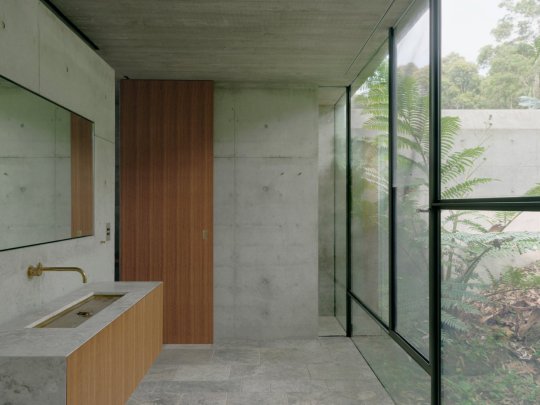
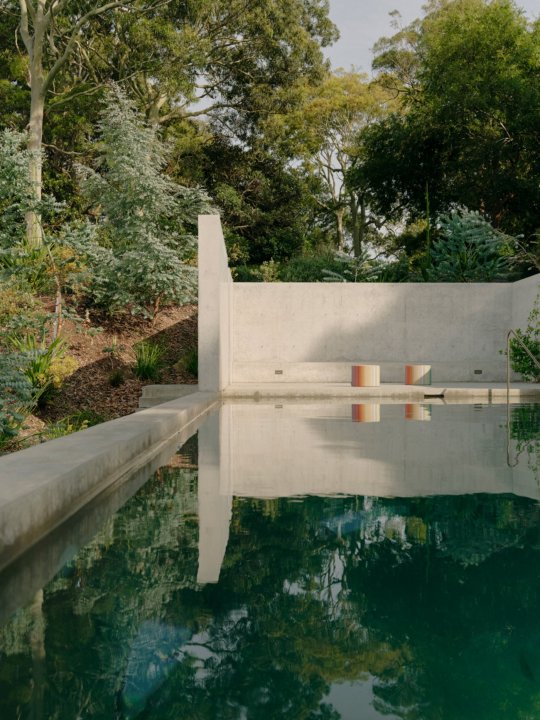
Bunkeren Residence,Whitebridge, Newcastle, New South Wales, Australia,
James Stockwell Architect,
Images: Tom Ross
391 notes
·
View notes